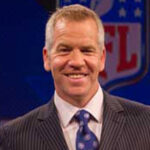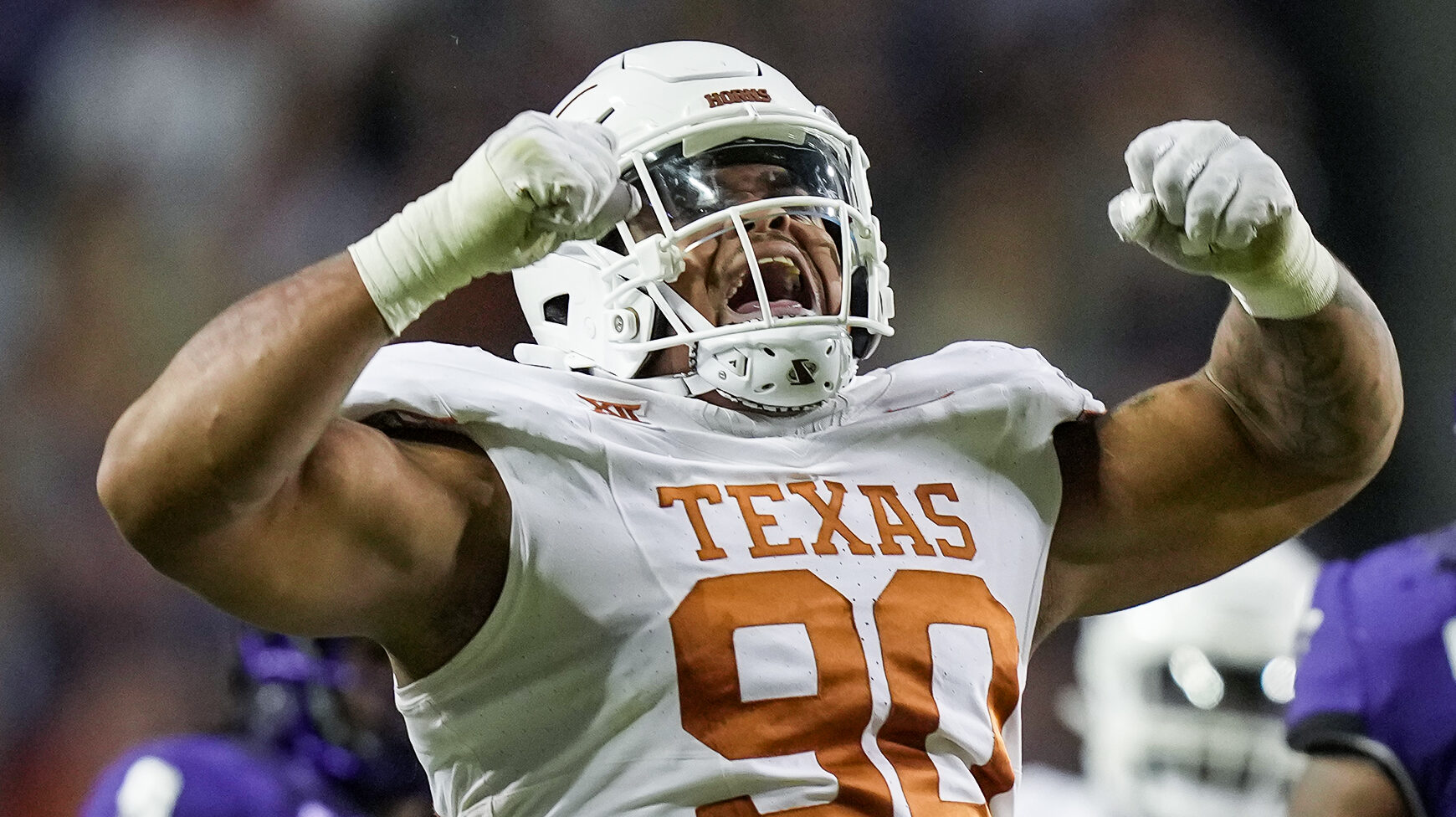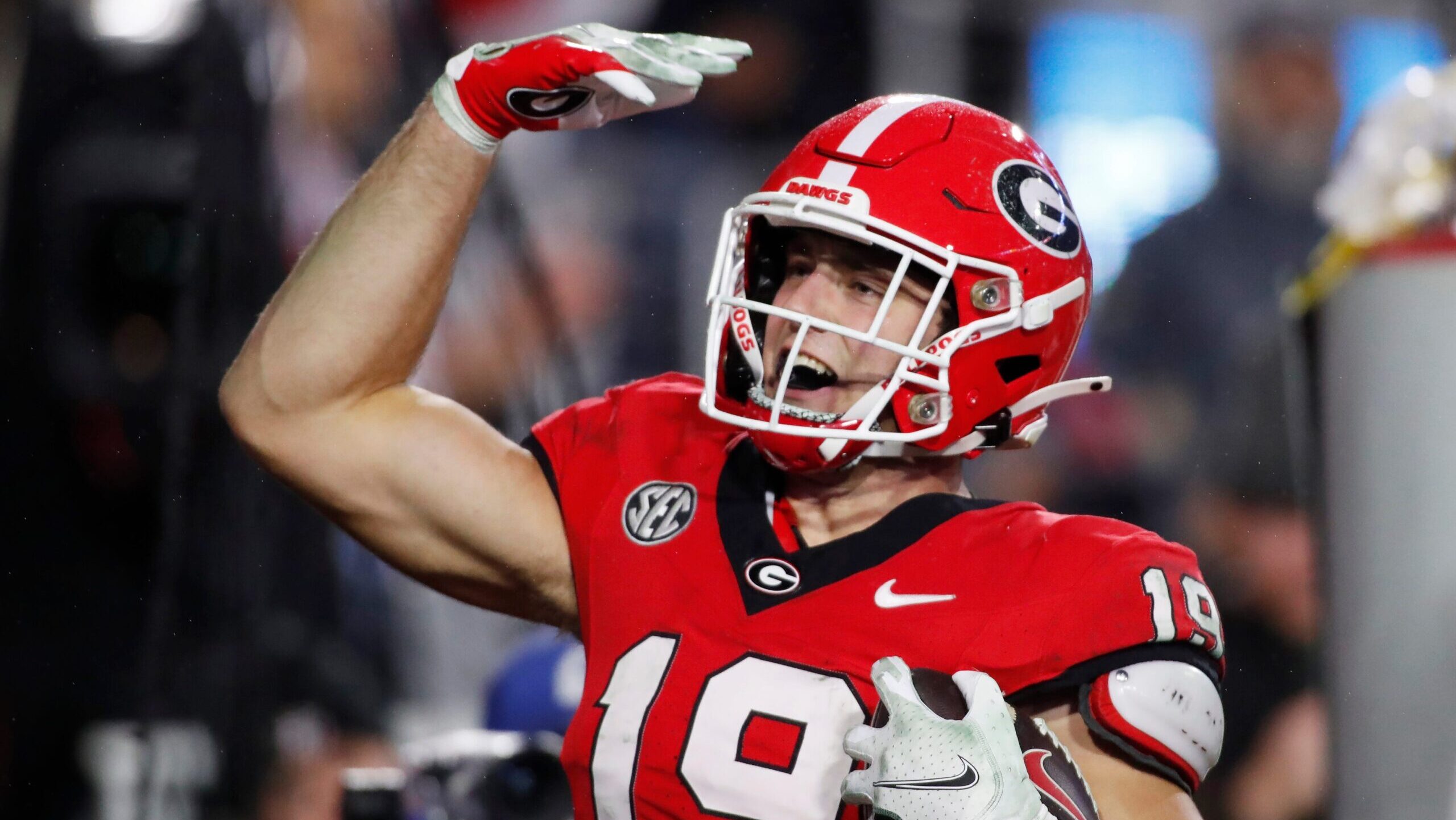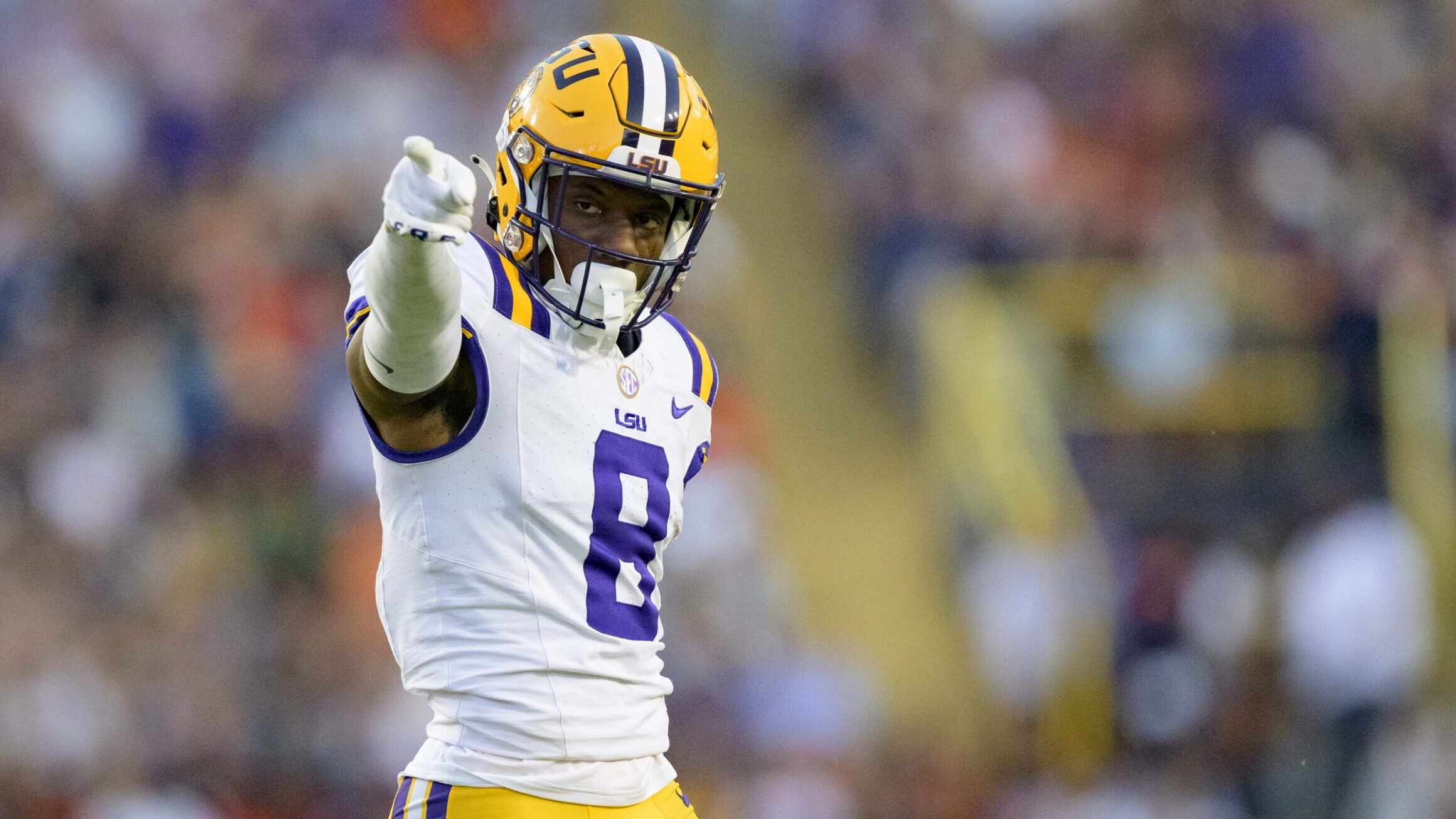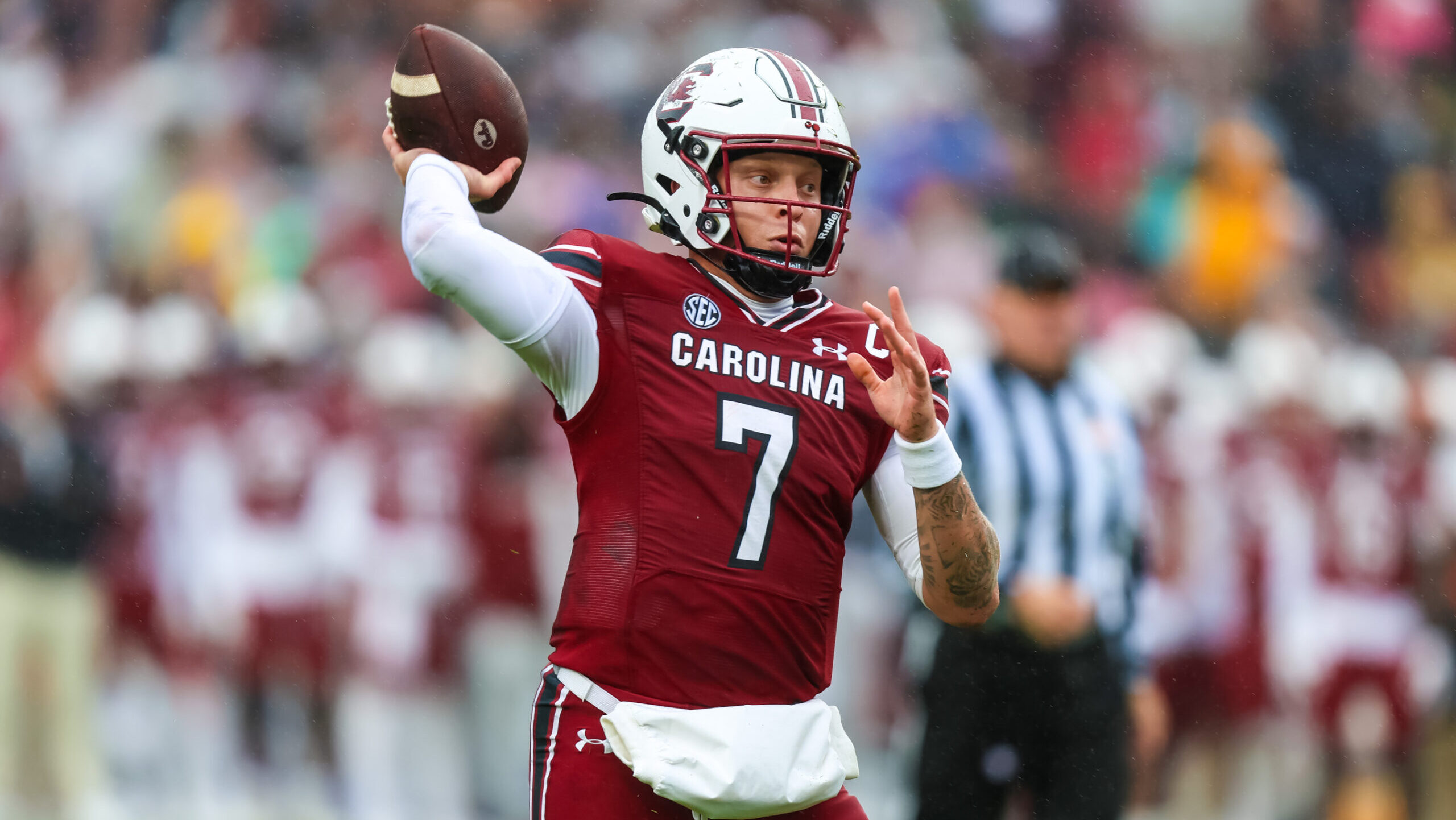Analysis
11/15/22
6 min read
Pre-Snap Read: Kirk Cousins Proving He's More Good Than Average
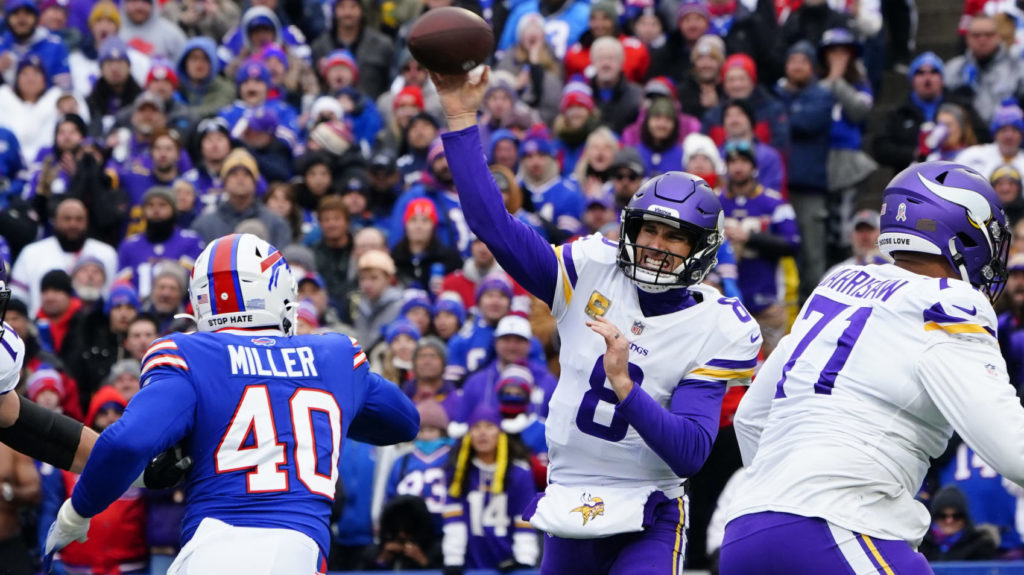
No doubt, it was The Game of the Year so far.
An established AFC heavyweight vs. an unexpected NFC contender that was high-scoring, lead-changing and overtime-needing fun.
It even had a pair of signature plays that easily attached to the late-game drama: Justin Jefferson's impossible one-handed catch on a fourth-and-18, and Josh Allen's no way that just happened fumbled snap that gifted Minnesota with an improbable touchdown.
But when you sort through the amazing theater that played out near One Bills Drive, one question lingers: what specific credit are you willing to give Vikings QB Kirk Cousins? What part of the incredible team win is all his?
He's been so consistently "decent" for the better part of a decade, it is easy to overlook his otherwise solid play. Now in his 30s and in his fifth season in Minnesota, you can pretty much pencil him in for an annual TD:INT ratio of around 3:1 (really strong), a completion percentage between 65 and 70 (really good), while leading his team to a record just above or just below .500 (really ho-hum).
To label him an average NFL starter is a slight, but to put him in your top 10 is a reach. Somewhere in between feels most fair.
This ongoing "ok, how good is he?" is a lingering topic that becomes all the more relevant with each game Minnesota wins. One significant regular season game isn't a tiebreaker, but it does make the evaluation of what he did Sunday in Buffalo all the more fun.
Before we get into his actual play, I think two intangibles need to be kept in mind. First, the significance of the game, as this one mattered more than the previous nine. His opposing QB was Allen, an MVP contender, and Buffalo might be the best team in the AFC, especially when playing at home like the Bills were on Sunday. Just like honors classes carry more weight to a GPA, this game counted for more than previous ones.
I also consider his two interceptions – neither the kind you could chalk up to a worthwhile risk, a defensive back making a great play or the ball being tipped at the line of scrimmage - and how he responded to them. When he jogged off the field early in the third quarter after his second pick, Minnesota was down two touchdowns and nowhere near a victory. Many of the difference-making decisions and throws he made came after that moment, a nod to the mental toughness you want from a veteran quarterback but aren't guaranteed to see.
From the beginning of the game to the end, Cousins routinely found third-down success in the middle of the field to a number of different receivers at a variety of different depths. Without this diverse part of their plan and execution, the Vikings don't win.
Jefferson was, of course, heavily involved. On Minnesota's first third down of the game, Cousins hung in the pocket and waited for Jefferson to complete a deep in-route at 20 yards, releasing the ball just before he came out of his break. It was right on the money and resulted in a 29-yard gain. On a third-and-7 in the second quarter, the two connected on the same concept but 12 yards down the field. Both conversions led to points.
Running back Dalvin Cook caught a shallow crosser in stride on a third-and-5. Tight end T.J. Hockenson hauled in a 15-yard in-route between the hashes to keep a drive alive. Those drives didn't result in points, but Cousins still helped moved the chains.
Kevin O'Connell clearly identified the middle of the field as a place his quarterback could exploit the Bills' defense on critical downs. Between 5-20 yards downfield, with running backs, tight ends and receivers, Cousins repeatedly located those targets and brought O'Connell's plan to life.
The sidelines were also part of the plan, every step of the way.
Jefferson's first-quarter touchdown catch, which had just the right mix of drive and touch, and a second-quarter dime to K.J. Osborn that came on third-and-10 and set up first-and-goal both happened near the sideline.
A 20-yard comeback in the third quarter that traveled more than 40 yards in the air impressed me, as did a fourth-quarter 12-yard out-route on the play immediately after Jefferson's epic one-handed grab.
Those plays were all distinct routes to different pass-catchers with one common theme: the ball was delivered to the boundary, on time and with accuracy.
Then came overtime, and one drive that included even more crucial sideline success.
With the pocket caving in, Cousins pulled off the NFL version of an NBA step-back contested fadeaway, except it wasn't a hand in his face at the moment of release; it was 6-foot-1, 287-pound defensive tackle Ed Oliver. While looking away and fading back, Cousins placed a ball on the sidelines where only Jefferson — who was 14 yards downfield while hanging out of bounds — could catch it.
On his final third-down conversion, a third-and-10 from the Buffalo 27, Cousins went 3-for-3. He looked off free safety Damar Hamlin, recognized corner Dane Jackson was in trail position with his head turned, and dotted Jefferson between the numbers on his jersey, just before he went out of bounds.
The eventual game-winning field goal came shortly thereafter, as did the game-clinching interception, leaving many to wonder what to make of these Vikings and their often good, but seldom great, quarterback.
Have we seen this before — a Cousins season that has more positives than negatives, on a team that ends up with more wins than losses, but goes quietly into the offseason?
Or will his 11th NFL season be the one where he and his team win a division title and stay hot through the playoffs? Time will tell.
For now, the Vikings have a win to legitimize their 9-1 record, and Cousins has a big-game performance to indicate he's closer to good than average.
WATCH MORE: Breaking Down Watson's Big Day
